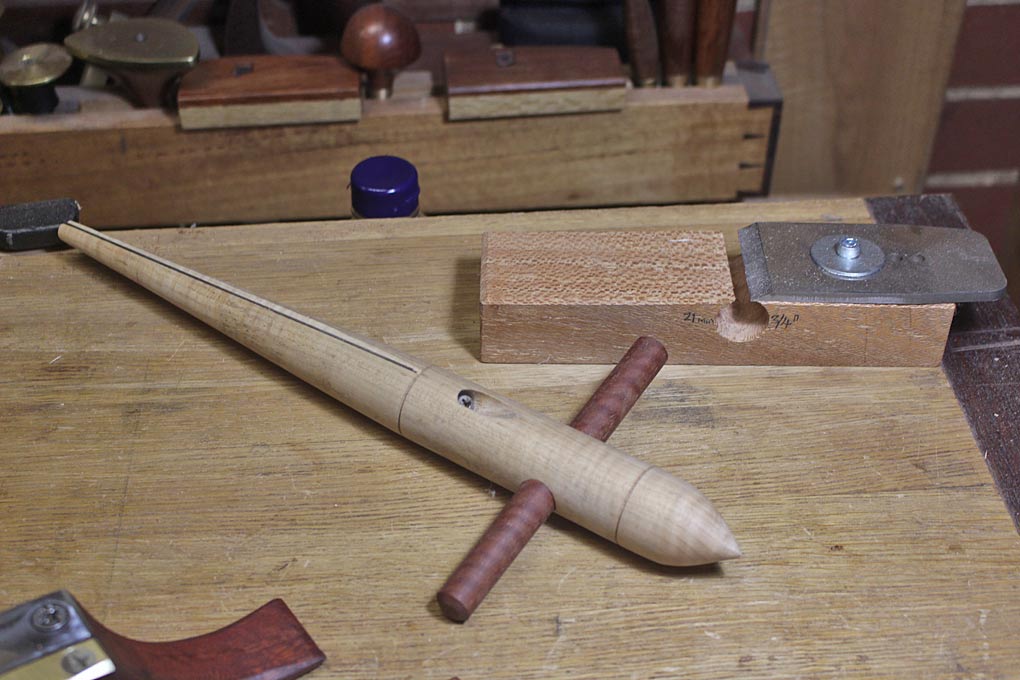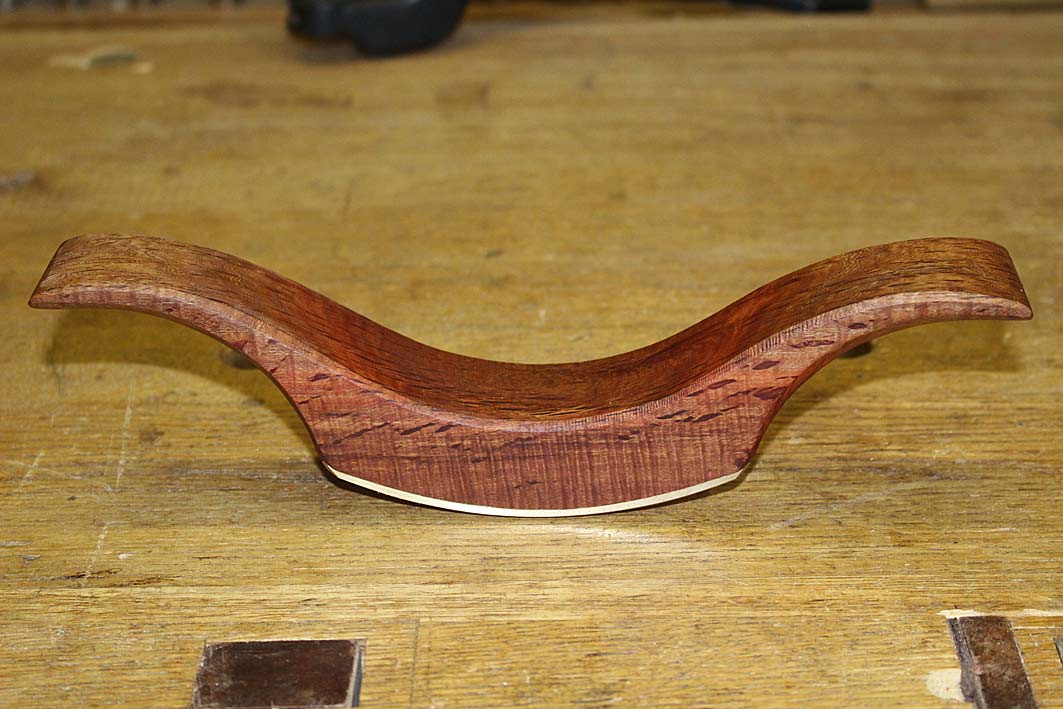Jacob
New Luddism. Awake and resist!
Want to make tapered sockets for chair legs. Not something I've looked at before.
What's the lowdown on reamers? Buy or make one? A turned cone with 80 grit paper stuck on?
PS home made turned cone with piece of sawblade slotted in seems a popular option I might go that way
What's the lowdown on reamers? Buy or make one? A turned cone with 80 grit paper stuck on?
PS home made turned cone with piece of sawblade slotted in seems a popular option I might go that way
Last edited:











